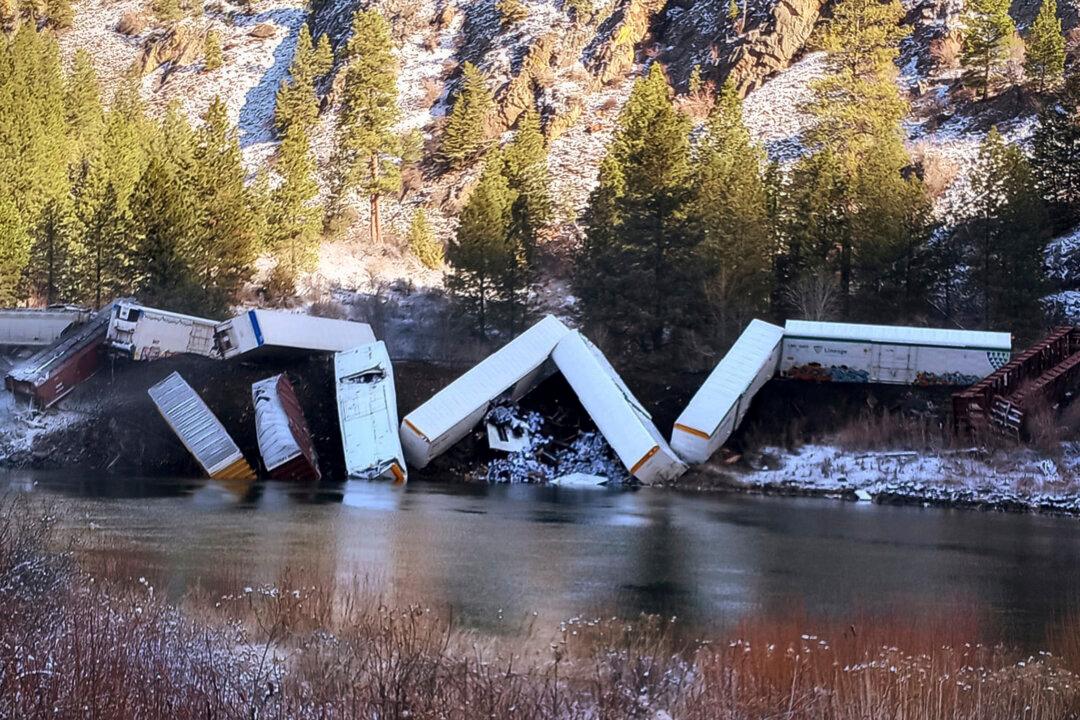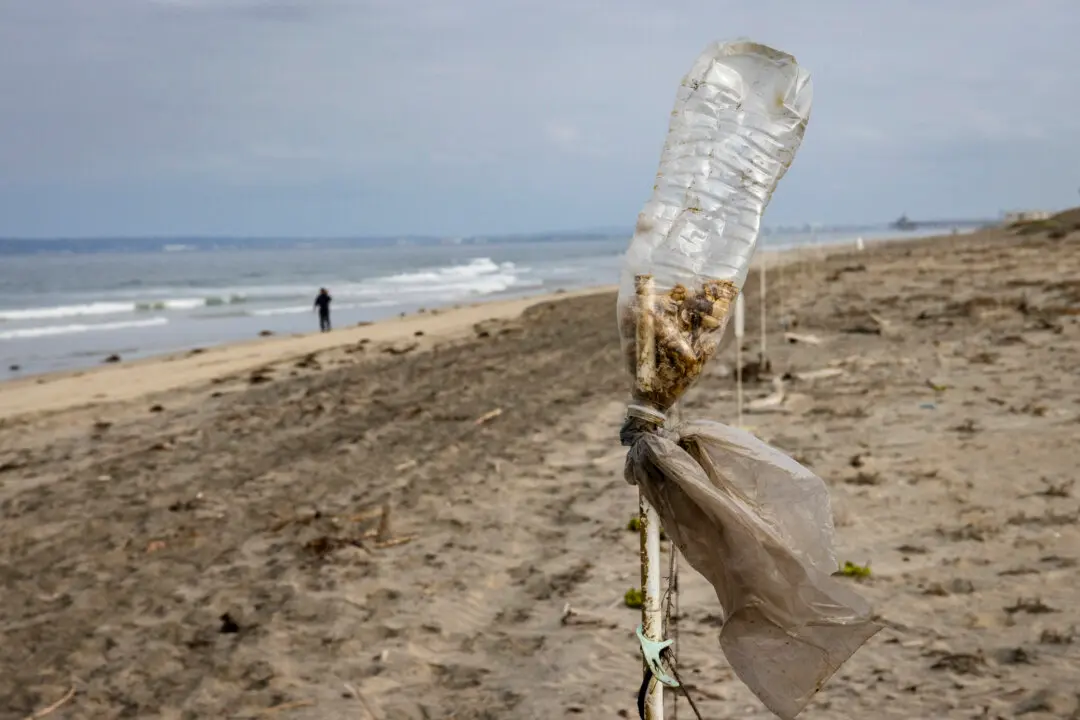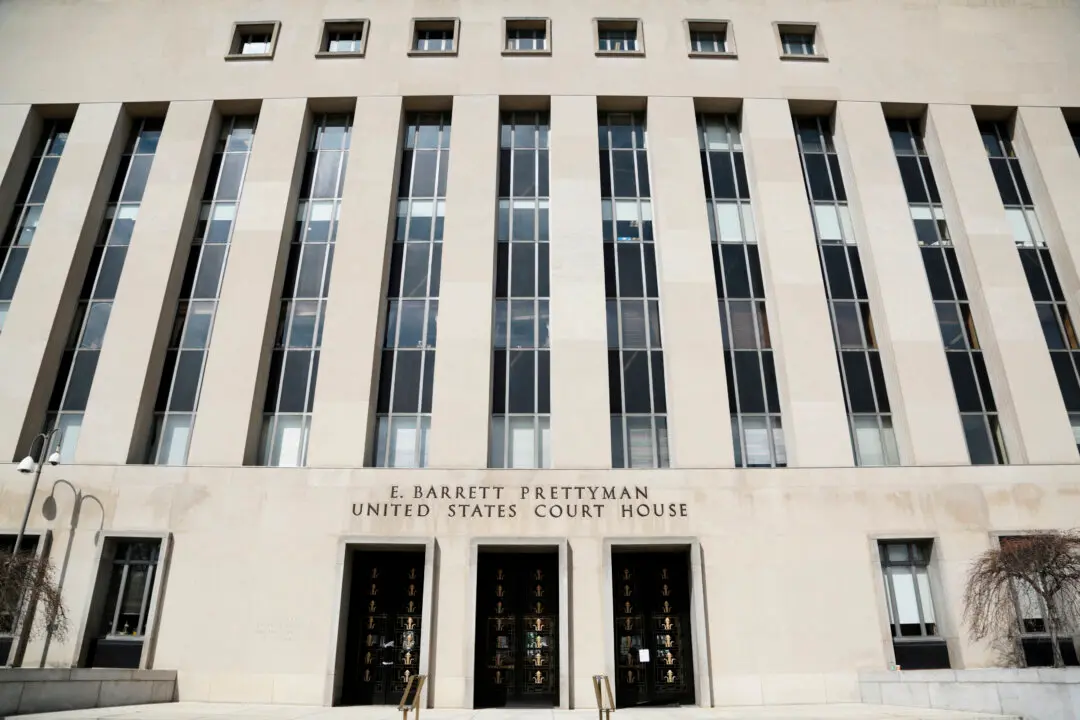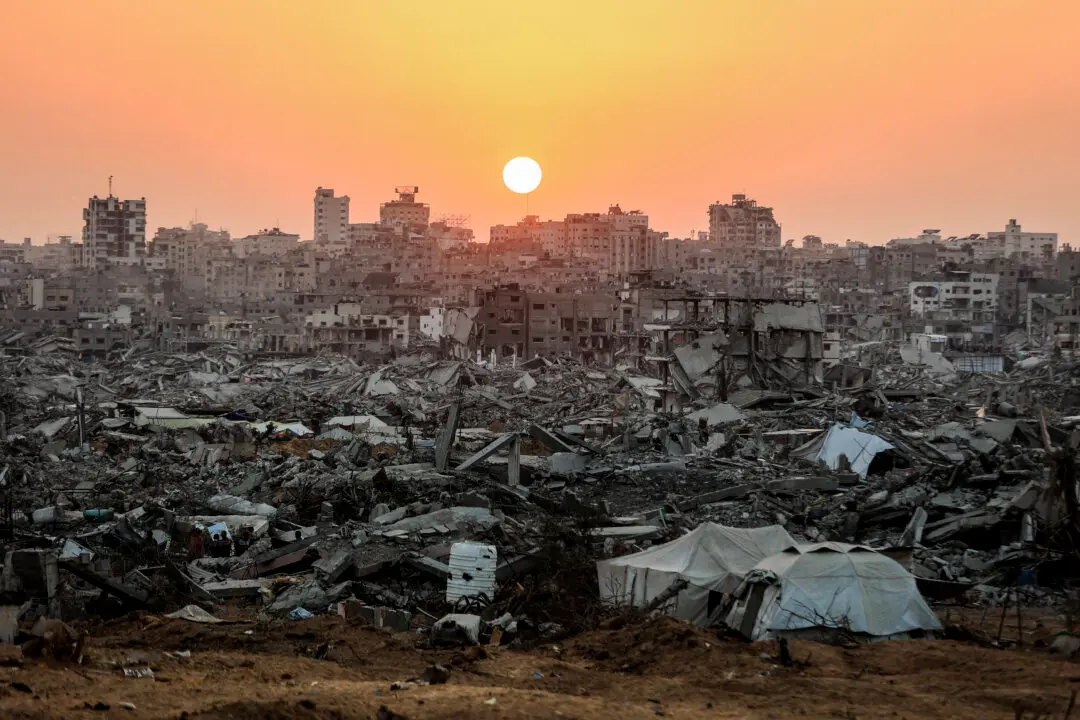With a carriage containing butane gas cleared of leaks, emergency responders to a train derailment on Sunday morning near the town of Paradise in western Montana confirmed that no other hazardous substances were included in the freight being transported by the fated train.
Upon news of the derailment, first responders, rail owner Montana Rail Link (MRL), and local leaders worked to quickly identify the freight onboard after reports that the train had derailed at a site along the Clark Fork River just west of Paradise around 9:20 a.m.





